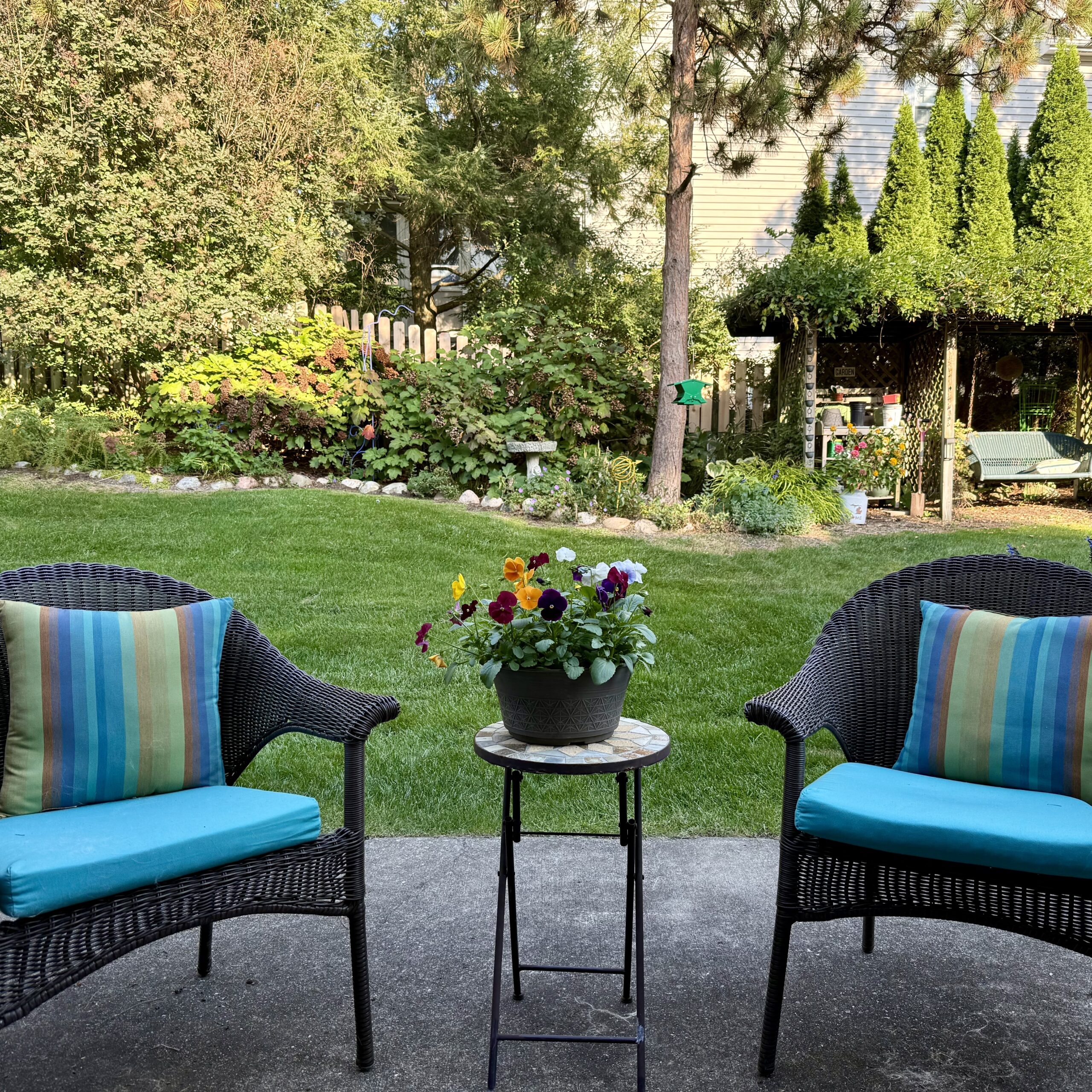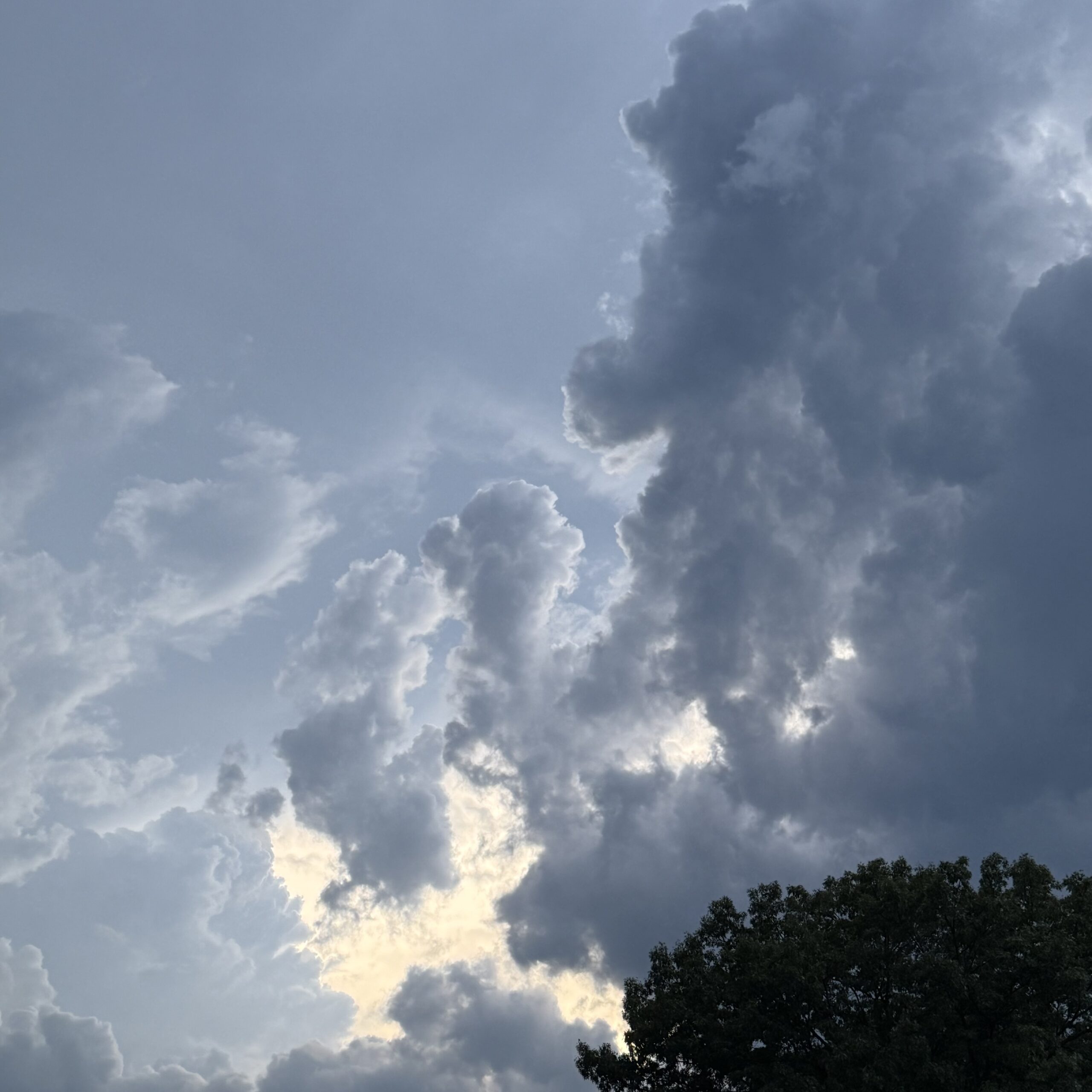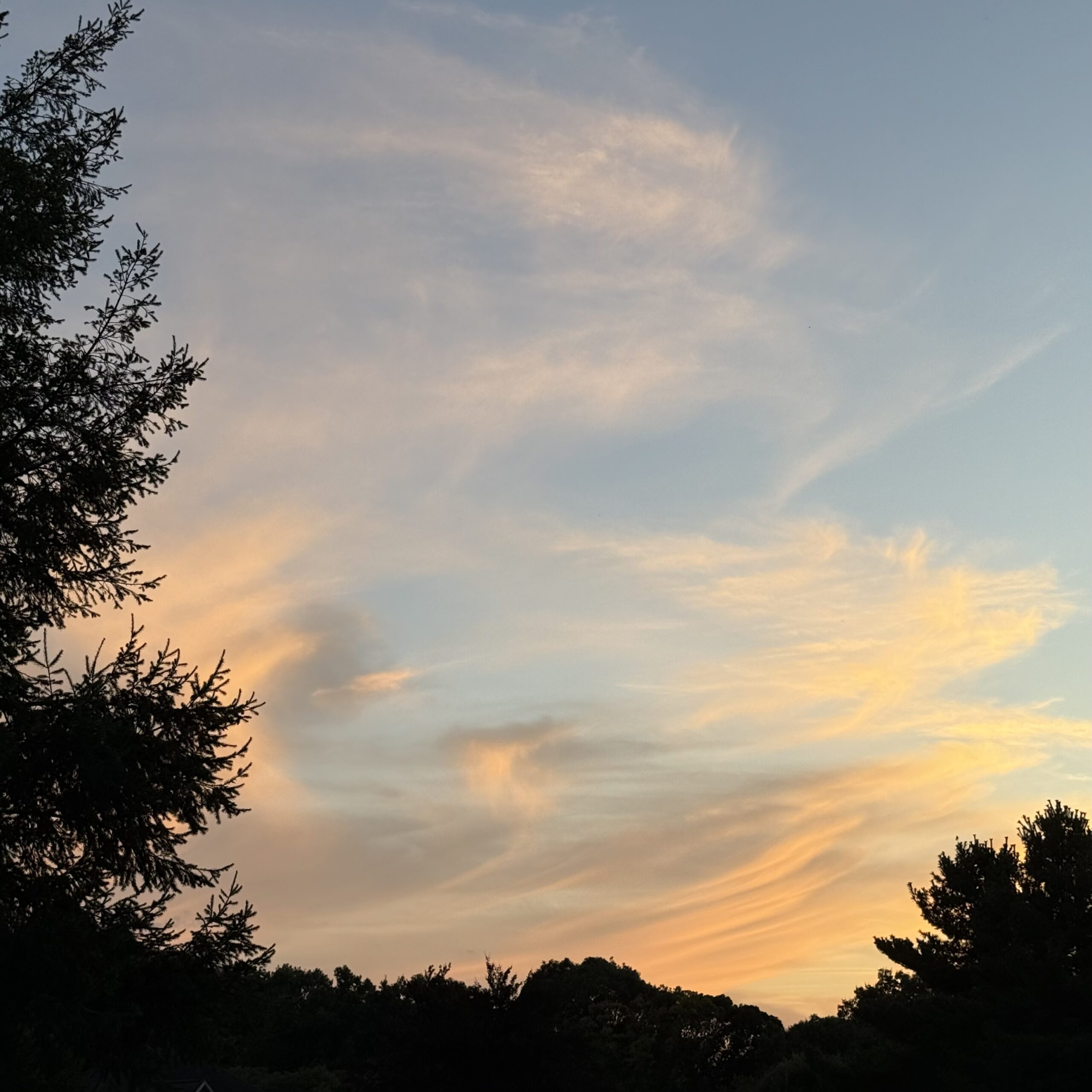If you’ve been reading my blog for any amount of time, you’ll know that I’m always out here . . .

The last couple of years, well . . . they’ve been tough. Looking for hope . . . has become a hardscrabble occupation, and sometimes I just can’t find any. Each new day seems to bring more outrages, more tragedies. It’s often hard to muster any . . . hope . . . at all.
But lately, I’ve been feeling just a teeny glimmer of perhaps what might be more hope in my heart. I’m not really sure why. It’s not so much that I’ve found some new, magic source. Or that things are at all better in the world. I think I’ve just started to look at things . . . differently.
There is a tricky but fundamental principle of art known as negative space – which is “the area around and between a subject.” Negative space is always there. You’re just not meant to notice it (until you do). Any work of art – painting, drawing, sculpture, design, dance, literature, music – uses both positive and negative space to achieve compositional balance. You might not see it, but negative space is always there. It’s what you don’t see. Details that are left out. Words unsaid. (As an example, here on this page that you’re reading right now . . . the black letters represent the positive space – what you’re meant to notice. The white space between and around the black letters? That’s the negative space.)
A lot of art students initially struggle with the concept of negative space, but once they get it and start to incorporate it into their work, it elevates their art. Painting the Not Object (the negative space) is key to seeing the Object (the positive space).
In my own painting, I love working with negative space. In fact, I often chose to work on paintings . . . where I only paint the negative space!

While these paintings may look like I painted . . . Leaves . . . I did not.
I painted layer upon layer of . . . Not Leaves.

By focusing on the negative space (the Not Leaves), I ended up giving shape and depth to . . . Leaves.

So what does any of this have to do with finding hope?
Well. It’s always easiest for us to see the Obvious Thing, the Subject (the leaves, for example), the thing that is filling the positive space, the thing that is right there smacking us in the face and taking up all the room . . . defining reality.
But.
The negative space is there, too, all round and between the Obvious Thing. And that negative space – the Not Obvious Thing – is ALSO taking up space and defining reality. It’s just probably not smacking us right in the face. We have to notice it. We have to look for it.
Right now, it feels like everything happening in the world is dark, bad, distressing, outrageous. It’s Bad Stuff, and it’s demanding to be seen, to be noticed . . . sucking all the joy from the room. If we can train our eyes to look for the Not Bad Stuff – to seek out that negative space around and between – well. I’d say that’s where the hope lies.
For the last few months, I’ve been trying to be more intentional about seeking out the Not Bad Stuff — to look for and live more . . . in the negative space. And I think that might be the “secret sauce” that’s helping me feel just that teeny glimmer of perhaps what might be more hope in my heart.
(I know it’s confusing for me to equate “negative” space with the Not Bad Stuff. It’s just semantics, though. “Negative space” does not mean “bad space” in this context. It means . . . the space around and between. That’s all.)
The world seems to keep spinning, despite all the Bad Stuff.
So what keeps it spinning?
I’d say it’s hope. The Not Bad Stuff.
(Balancing the composition.)
If you want to find hope, look to what’s . . . around and between.
Try not to get distracted by what you think is defining reality.
Look for what you don’t see.
It is the negative space
that gives the positive its place.
The empty air between our bodies,
the tree limbs and leaves,
the clouds and mountains,
tiny drops suspended in air
from the city fountains.
Creating the tension to touch,
to need, to come together.
Empty space, the greatest conductor
of love ever created!— S Rowland
=====
About that quote. I can’t find anything out about “S Rowland,” or even the original source of the quote. The name was on an image along with the quote, but I’m not sure if “S Rowland” wrote the words, or put together the image. Despite my uncertainty about proper attribution, it’s too perfect a quote for me to pass up today. So. There you go.






I too have been thinking about that negative space (because painting!) and it is really a curious place to contemplate. But that quote/image… especially these words: The empty air between our bodies, the tree limbs and leaves, the clouds and mountains, tiny drops suspended in air from the city fountains.
Perfection! Thank you so much for sharing this caress of invisible hope that is around all of us!
I may have to read this several times to really begin to grasp negative space, but I have to say that those paintings are exceptional! The first one really looks like a collage of actual leaves, and I would love to hang any of them on my wall. Well done with negative space and how it pertains to hope!
breathtaking…on so many levels here today. (and *for* every day…) I tend to notice and appreciate the negative space around me in a physical way. In NOT filling a room or area or shelf or what have you. I think of it as leaving space to breathe.
Here’s to a week full of it!
Such a nice post Kym, and you’ve given a word (or phrase or concept) to something I have tried to practice (not always easily) for years. Why focus on the bad stuff (which is all around us…in the world…in the news) filling our days when we can easily (not always) avoid that and focus on the good stuff that is in all negative space? This is a hard concept to express….
You wrote the most beautiful post, Kym. Your leaves are all elegance (elegant, to my mind, is so because it has a simplicity of style (that all important negative space). My go to day to day negative space is the sky. It is the most amazing negative space I can think of. It is all things to me. It brings me to earth, gives me joy and hope and peace.
I stared at that first painting for the longest time, before I continued reading, trying to figure out what you did to create it. I understand negative space, but my mind could not get around painting just the negative space. I finally did, once I kept reading and my brain adjusted. Beautiful art. Beautiful words. Thanks.
I’ll be contemplating negative space in a whole new way thanks to you and this really well written post. Thank you.
Your paintings are beautiful and such a great illustration (quite literally) at how to look for the space around what’s immediately grabbing our attention. Because really that’s what looking for hope is, right? Looking beyond the terrible headlines for the stories and images that tell us that there are good things happening, too. Your post has me thinking a lot, so thank you!
Wow. In three-dimension it is easy to see negative space: the space between objects on a shelf, for instance. But two-dimensional such as your beautiful leaves or abstract such as thoughts about hope, not so much. Such an inspiring essay/post/thought-process, Kym. A lot to ponder. Chloe
What an elegant way to look for hope. I love the idea of negative space, especially in poetry.